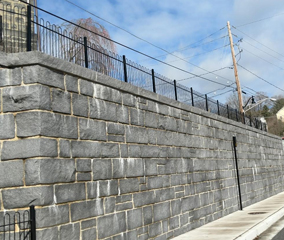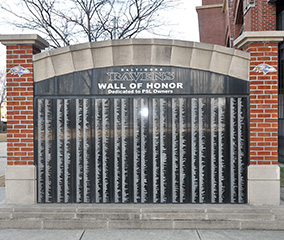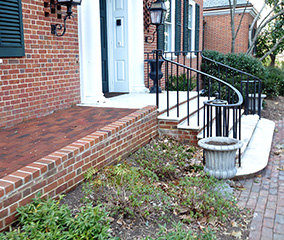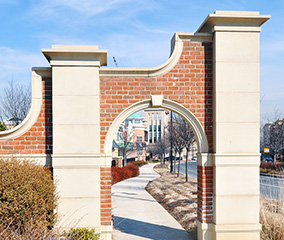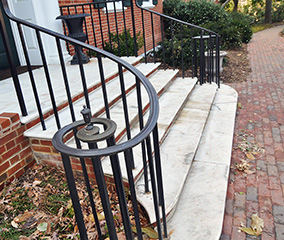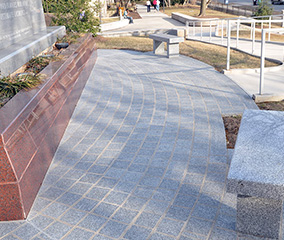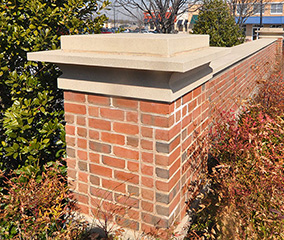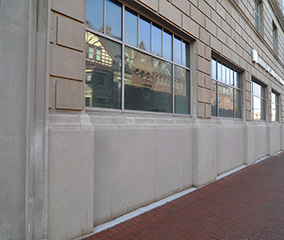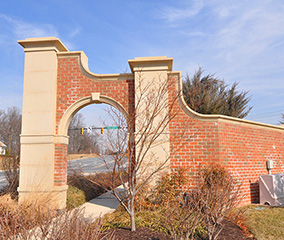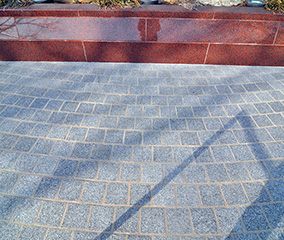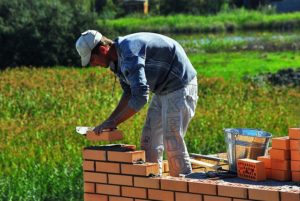
Masonry is one of the oldest skilled trades in the world, dating as far back as six thousand years ago. But, it is also one of the most misunderstood professions. Masonry structures are durable and strong, withstanding weather and even natural disasters. Understanding more about masonry will help you select the ideal material for your next project. Here is a helpful guide to the basics of masonry.
What is Masonry?
Masonry is defined as any stonework structure or building in which materials, such as bricks, concrete blocks, and stones are bonded together with mortar. There are two main types of masonry: veneer masonry and solid masonry. Veneer masonry is usually used for aesthetic purposes as opposed to creating a durable structure. With veneer masonry, you get the appearance of a stone or brick wall by pasting materials to the exterior of another structure, which provides the base for support. Veneer masonry is more cost-effective than solid masonry because the building is not free-standing. On the other hand, solid masonry can stand under its weight and endure the elements; it is made free standing and is not attached to anything else.
Types of Masonry Materials
A masonry structure is made using mortar and some kind of masonry material. Mortar holds the construction materials together and comes in different strengths. The most popular building materials today are brick, stone, and concrete.
Brick Masonry
Brick is the most popular type of masonry material. Usually made of clay, sand, water, and baked, bricks are durable, aesthetically pleasing, and long-lasting. Bricks come in a range of colors and textures and can be arranged in unique patterns that add to the structure’s strength. Bricks also withstand harsh weather and storm damage.
Stone Masonry
Stone masonry can be created with either dressed or undressed stones. Dressed stone comes in various sizes and patterns. Undressed stone, also known as rough stone, does not use a regular pattern to put the wall together. Instead, undressed stone provides a more natural appearance, which might sound messy, but offers attractive results.
Concrete
Similar to brick, concrete is laid with one block being set on top of the other in a staggered pattern. Since concrete blocks are bigger than bricks, it takes far less time to set them. For this reason, concrete masonry structures are very popular construction building materials. They tend to be more affordable, and they are also fire resistant.
Contact Del Prete Masonry Today!
Whether you are ready to start your next masonry project or are still hesitant and have questions, Del Prete Masonry is here to help. We have the experience and expertise to get it right the first time. Questions? Want to visit some of our residential or commercial projects? Ready to set up a consultation? Feel free to give us a call at 410-683-0650 or visit us online. We are happy to serve Baltimore City and County, Harford County, Carroll County, Anne Arundel County, and Howard County. To see examples of our work and to keep up with our new and exciting projects, be sure to Facebook, Twitter, and Pinterest.
Tags: Commercial Brick Restoration, Commercial Concrete Repair, commercial masonry









